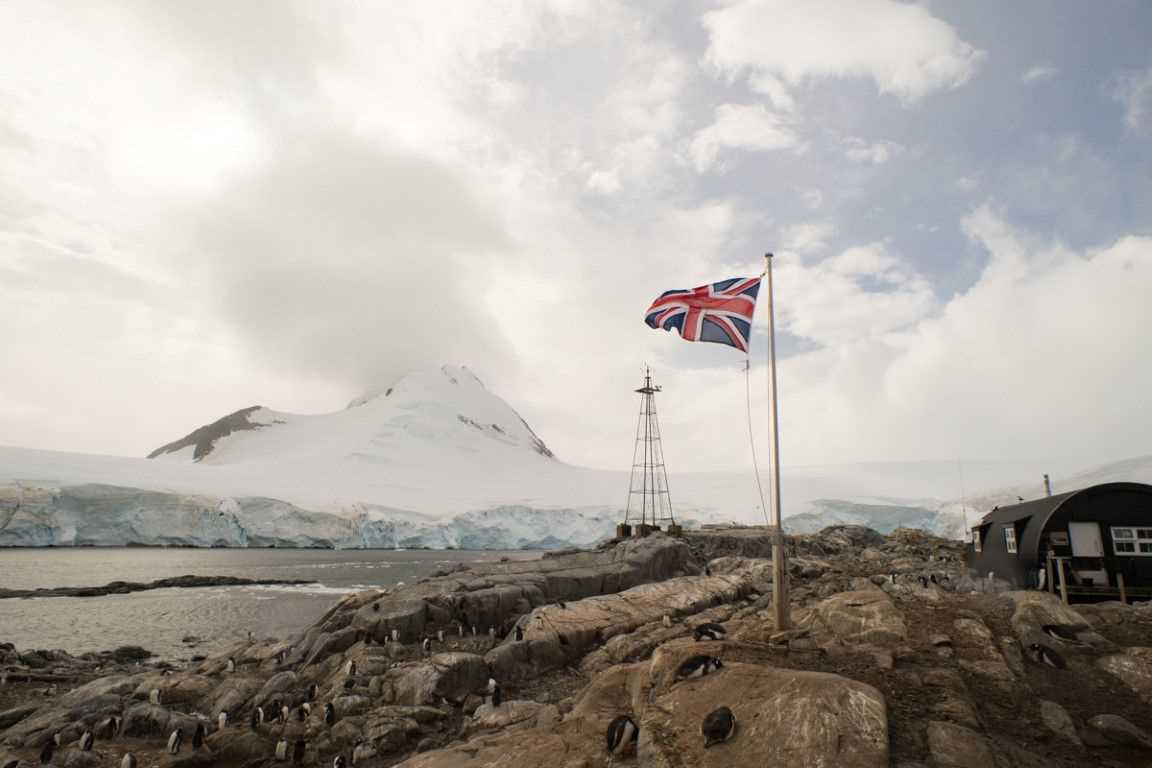The wind picked up overnight, as expected, and by morning we were in the midst of gusts of up to 50 knots. Fortunately, we were able to find some shelter by tucking in as close as possible to our morning destination of Goudier Island, Port Lockroy. This site is home to what was once the British “Base A,” now a living museum and British Post Office. During the Antarctic summer, the site is occupied by a team of four staff who maintain the site while educating visitors about its role in the human history of Antarctica. They share their Antarctic home with a large number of breeding Gentoo penguins who also arrive just for the season, as well as skuas and curious sheathbills. Even at these bases, humans are rarely the dominant presence.
We depart at midday, and following lunch we begin to make our way north along the western side of the peninsula. Despite occasional low clouds of precipitation, we are treated to stunning views of the mountains that form the spine of the peninsula itself on our starboard side. Scanning the seas in the hope of a cetacean encounter, this being a known hotspot for whales, we are eventually rewarded when we see the distant splash of a humpback leaving the water. A series of whale blows which were scattered over the horizon begin to converge as we gently drift in their direction. Soon the animals approach us and begin to surface in the immediate vicinity of the ship. The ship’s echo-sounder shows us that there is a high density of krill not too far beneath the surface, which explains the short, shallow dives that the whales are exhibiting. We stay with them, observing their feeding close to the ship, before eventually leaving them to their business and continuing north.







